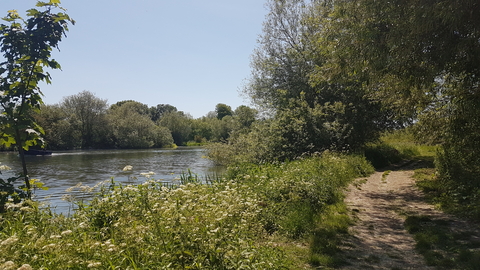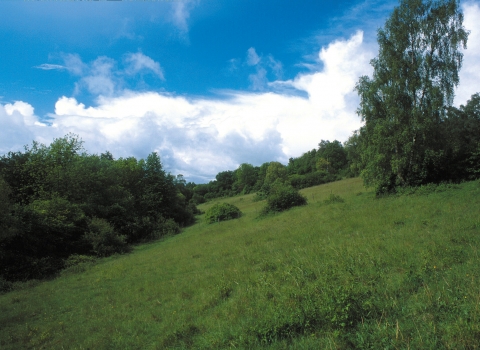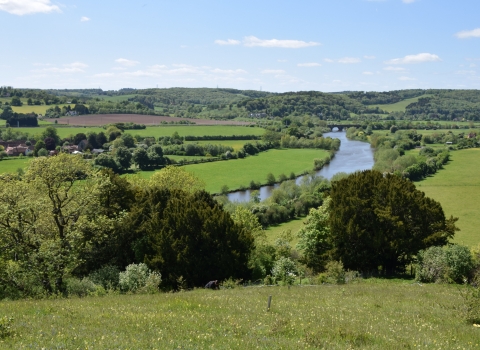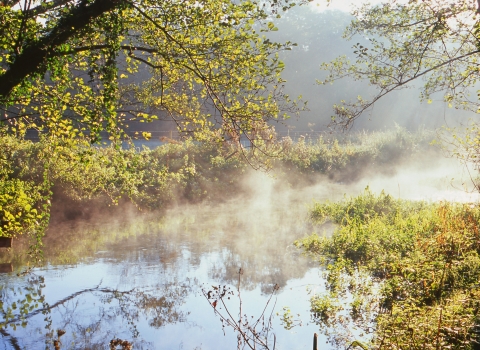
Cholsey Marsh by Sarah Attwood
Cholsey Marsh
Location
Know before you go
Dogs
When to visit
Opening times
Open at all timesBest time to visit
March to NovemberAbout the reserve
Rare haven
Once common, riverside marshes such as this are now scarce because of large-scale drainage for farming. Cholsey Marsh provides a home to a wealth of plants, insects and birds that depend on the wet reed and sedge beds. This Thames-side marsh is punctuated with patches of grassland, willow scrub* and two large ponds.
*Learn about scrape management at Cholsey Marsh
Loddon lily
The summer snowflake or Loddon lily grows here in late spring. It resembles a large snowdrop with delicate green markings on its white petals. This national rarity is a native of the Thames Valley marshes and riverbanks.
Riverside wildlife
The Thames provides much of the reserve's wildlife interest. Kingfishers hunt across the water, and in summer, many dragonflies and damselflies emerge. Species of interest include the club-tailed dragonfly and the white-legged damselfly.
A place to roost
A variety of birds use the site for breeding and roosting. The ponds attract a range of ducks whilst the reedbed and scrub provide ideal habitat for warblers. The sharp-eyed may pick out a snipe feeding in the marshy grass. Cholsey Marsh is a favoured roosting site for corn buntings and meadow pipits.



